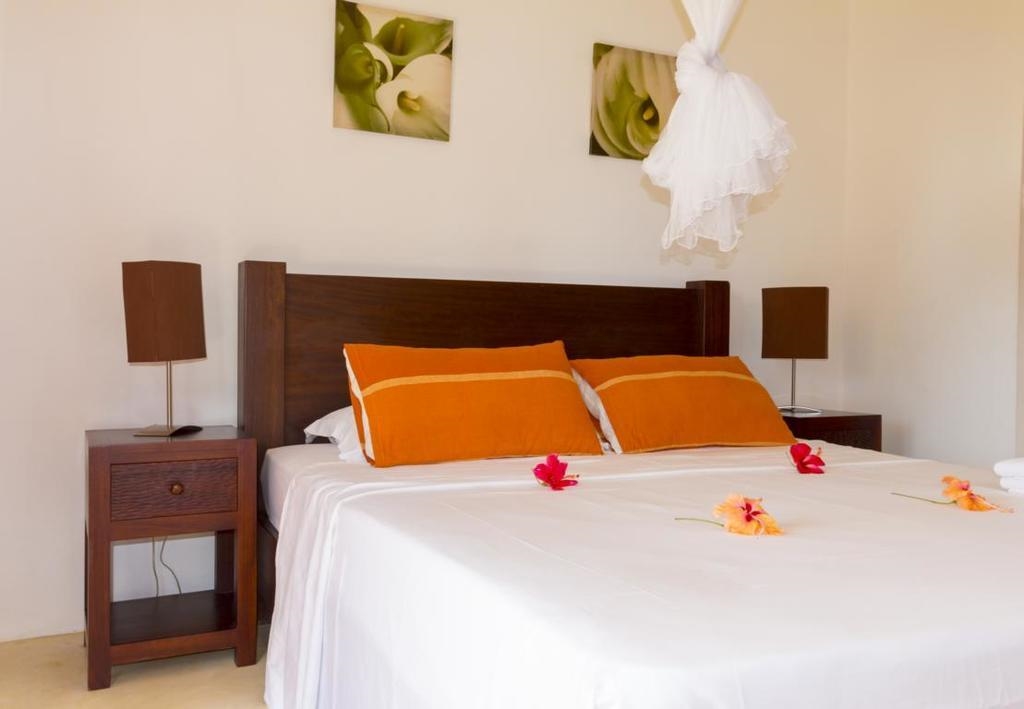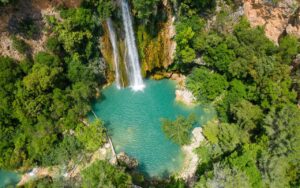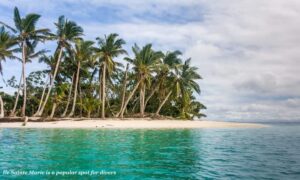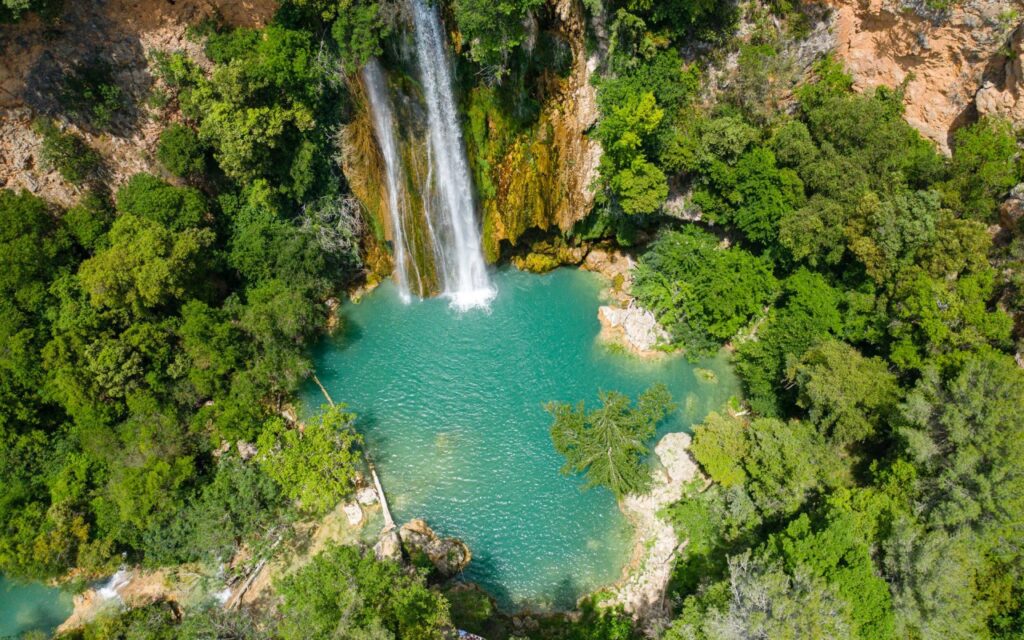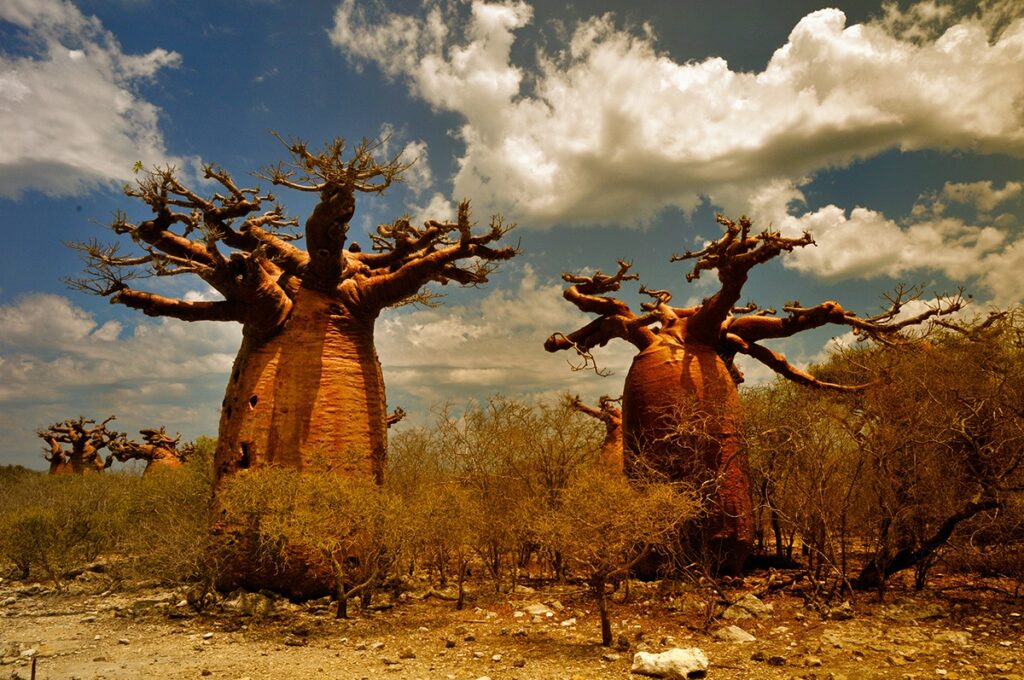La Batie, Mahé – Historic Plantation Ruins
Nestled in the lush landscapes of Mahé, Seychelles, La Batie is a captivating site that offers a glimpse into the island’s colonial past. This historic plantation ruin is a hidden gem for history enthusiasts and nature lovers alike. With its serene surroundings and intriguing remnants of a bygone era, La Batie provides a unique experience for visitors seeking to explore the cultural heritage of the Seychelles.
Exploring the Ruins
La Batie is a fascinating site where visitors can wander through the remnants of an old plantation. The ruins, though weathered by time, still hold a certain charm and mystery. As you explore, you’ll find the crumbling walls of the plantation house, old stone structures, and remnants of what once were vibrant gardens. The site is surrounded by lush greenery, offering a peaceful atmosphere that contrasts with the bustling beaches and towns of Mahé. It’s a perfect spot for a leisurely walk, allowing you to imagine the lives of those who once lived and worked here.
A Glimpse into History
The history of La Batie dates back to the colonial era when plantations were a significant part of the Seychelles’ economy. Originally established in the 19th century, the plantation was primarily used for growing spices and other crops. The ruins serve as a reminder of the island’s colonial past and the impact of European settlers on the local culture and economy. Visiting La Batie offers a chance to reflect on this history and appreciate the resilience of the Seychellois people who have preserved their heritage despite the challenges of colonization.
Getting There and Tips for First-Time Visitors
La Batie is located on the island of Mahé, the largest island in the Seychelles archipelago. To reach the site, you can rent a car or take a taxi from Victoria, the capital city. The drive is relatively short, taking about 20 minutes through scenic roads that showcase the island’s natural beauty. If you prefer public transportation, local buses also run routes that pass near the site.
For first-time visitors, it’s advisable to wear comfortable walking shoes, as the terrain around the ruins can be uneven. Bringing a bottle of water and some snacks is also a good idea, as there are no facilities on-site. The best time to visit is during the cooler hours of the morning or late afternoon to avoid the midday heat. Don’t forget your camera, as the site offers plenty of photo opportunities with its picturesque backdrop of tropical foliage and historic structures.
